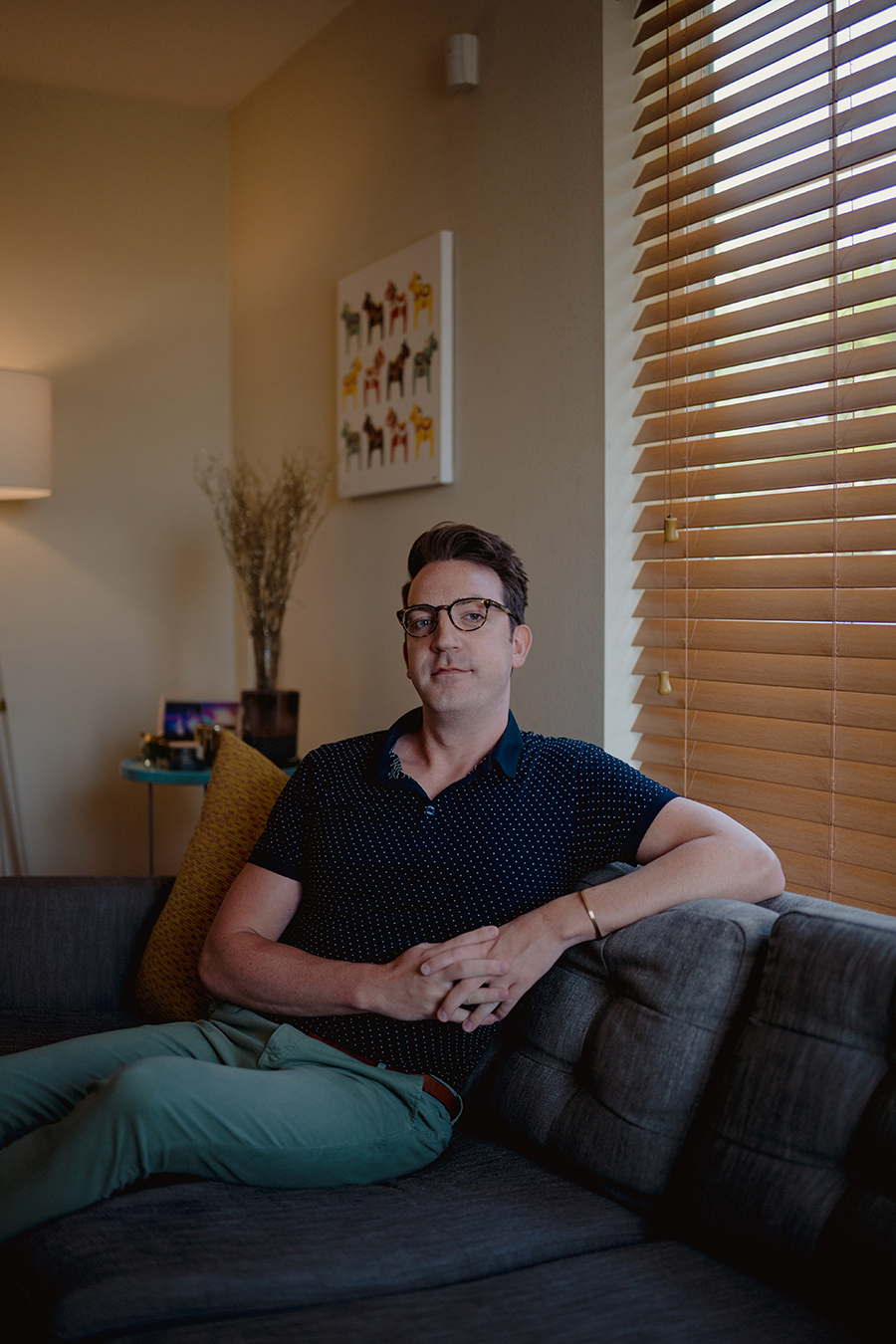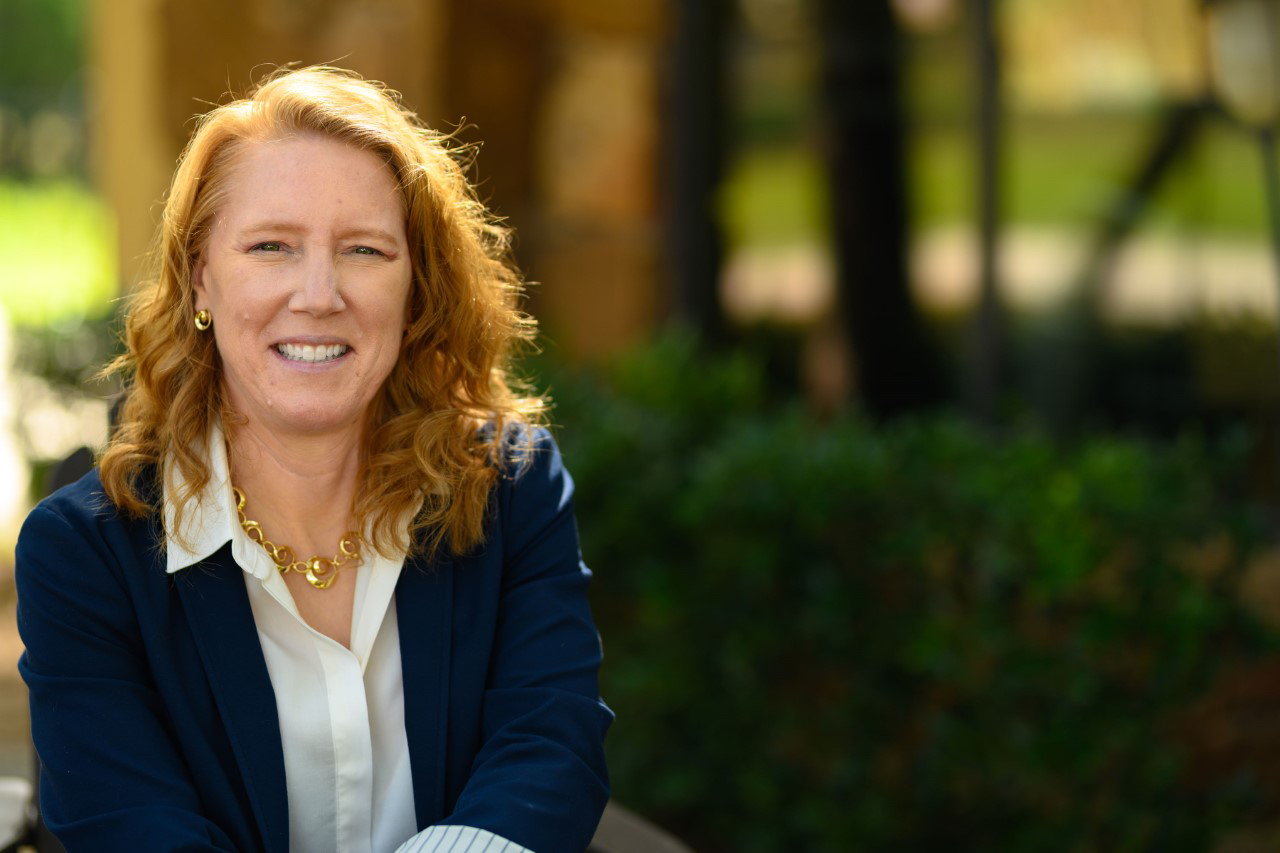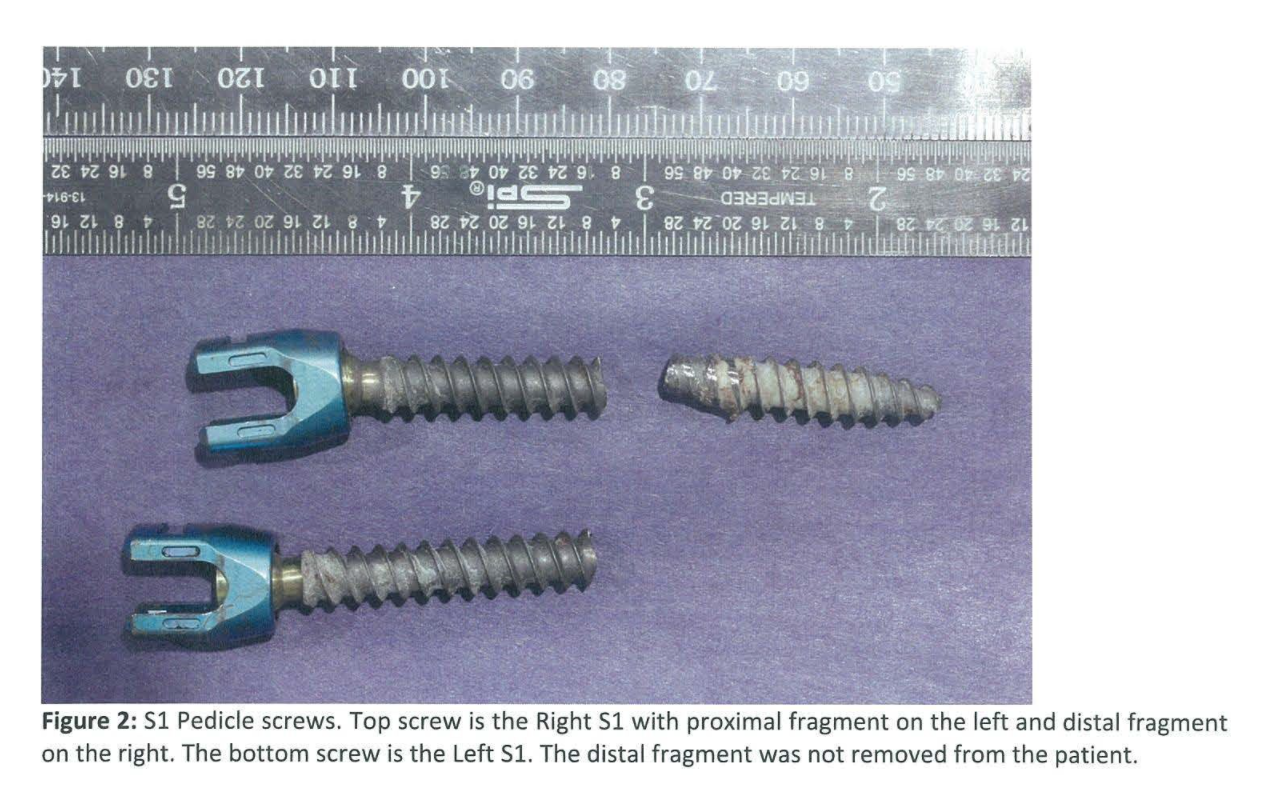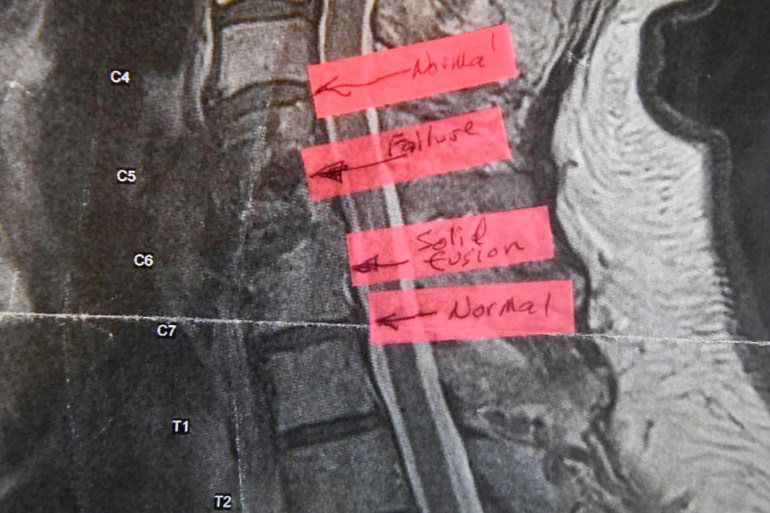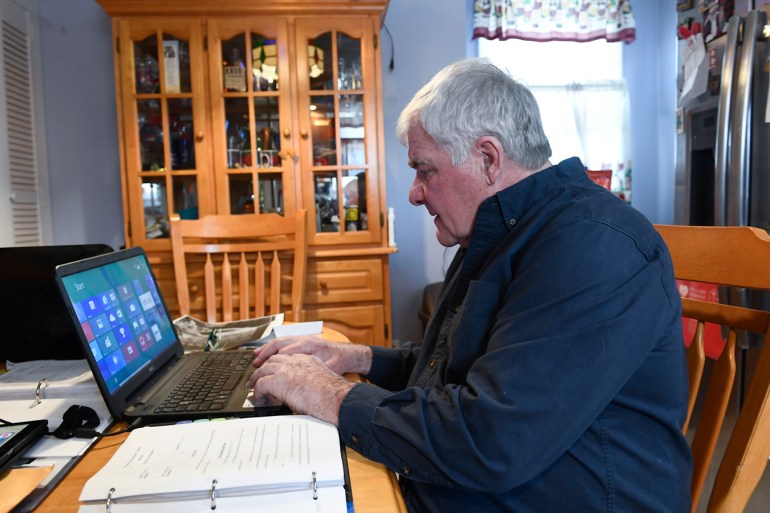Several orthopedic surgeons who invested in Renovis Surgical Technologies made big money when a Japanese technology giant snatched up the small California medical device company.
Kyocera Corp., which was eager to expand its U.S. spine and joint implant sales, bought Renovis’ assets in 2019. While the parties kept the sale price under wraps, Renovis’ physician stockholders held stakes valued at over $34 million by the end of that year, with nearly half that sum to company founder and chief executive Dr. John Steinmann, according to the federal government’s “Open Payments” database, which tracks payments to doctors from device and drug companies.
Hundreds of orthopedists and neurosurgeons have cashed in on stakes in companies that design, manufacture or distribute orthopedic implants — sometimes after investing little or no money — and despite ongoing ethical and legal concerns, a KHN investigation has found.
KHN found that surgeons had stakes in more than 200 privately owned device companies from 2013 through 2019. At the end of 2019, their holdings topped $300 million in value. Doctors can dispute the payments but rarely do so.
Device makers often reach out to orthopedic surgeons for help designing or evaluating new implants, a practice they say spurs innovation and leads to safer, more durable devices. Offering feedback can land surgeons lucrative royalty and consulting deals or stock holdings that escalate in value when startup device companies are sold. In other cases, surgeons have owned a piece of distributorships that buy implants from manufacturers and resell them at a profit.
Whistleblowers and government fraud fighters have argued for years that money passing from industry to doctors can corrupt medical judgment, inflate costs and lead to unnecessary operations or otherwise harm patients.
Some of the harshest criticism has been directed at surgeons who profit from the sale of orthopedic devices — from spinal implants and screws and other hardware to artificial knees and hips that typically cost thousands of dollars. Federal officials warned as far back as 2013 that these sales could violate federal anti-kickback laws.
Steinmann, a Southern California orthopedic surgeon, has been a staunch defender of the profitable distribution companies and has held a stake in at least nine of them, according to Open Payments data. He and four other surgeons at Arrowhead Orthopedics in Redlands, California, were paid nearly $2.5 million in “dividend, profit or other return on investment” by a single distributorship of implants in 2019, according to the database.
The biggest surgeon investors in implant maker Renovis also owned a stake in distributorships. Steinmann received $16.4 million in “ownership and investment interest” from Renovis in 2019, according to Open Payments data, which says he invested $6.7 million in the company. Five other surgeons had holdings worth $1 million or more, according to the data.
Steinmann told KHN that he and the other surgeons invested millions in Renovis and worked for years building it. “We earned every dollar that we made,” he said. Renovis developed innovative products over a decade and the investment return was “good, but not out of line in any respect,” Steinmann said. He added: “I didn’t do any better than if I invested in the stock market. I don’t think it is fair to say otherwise.”
In testimony before Congress, Steinmann has conceded that a few “bad apples” may have endangered patients by performing needless, or overly complex, operations for quick profits on implant sales, but testified his distribution companies have operated legally and ethically and have saved hospitals millions of dollars on implants.
Critics counter that surgeons should collect only professional fees for operating on patients — and steer clear of taking profits from devices they choose to implant in patients. Orthopedic and neurosurgeons typically earn upward of $500,000 annually for their professional services and are among the highest-paid specialists in medicine.
“Doing surgery is a loss leader for what you can get for selling your own products,” said Dr. James Rickert, an orthopedic surgeon and head of the Society for Patient Centered Orthopedics, an advocacy group.
A ‘Crowded and Cutthroat Field’
The orthopedic surgery industry is awash in cash; more than $3.1 billion flowed from device makers to surgeons from August 2013 through 2019, according to KHN’s analysis of payments that device makers reported to the government-run website.
Much of that money paid surgeons for consulting work, including helping to market new products to their peers, or royalties for inventing or fine-tuning surgical tools.
“Orthopedic surgeons are the type who design things. That is inherent in their nature,” said Mark Weiss, a California lawyer who represents physicians.
They also accounted for nearly a third of physicians with stakes in device and drug companies of $250,000 or more during 2019. While some surgeons lost money, many saw their stakes in these companies shoot up in value.
Consider Parcus Medical, a Sarasota, Florida device maker with a self-described “lust for innovation and creativity.” Parcus, which takes its name from the Latin word for “thrifty,” specializes in implants for repairing sports injuries. Massachusetts-based Anika Therapeutics swallowed it for $35 million in January 2020, and 22 surgeon investors saw their Parcus holdings at least triple in value, Open Payments records show.
Dr. Brian McKeon, a Waltham, Massachusetts, orthopedic surgeon and former head physician for the Boston Celtics of the NBA, held Parcus stock in 2019 valued at just over $1.4 million based on an investment of $146,000, according to the Open Payments database. The site states that McKeon did not dispute the figures as posted. But in an email to KHN, McKeon called the Open Payments numbers “way off,” adding “if you find that money please forward to me.” He said he invested in the company in 2006 and has disclosed ownership interest to his patients.
Also in January 2020, Anika Therapeutics paid $60 million for implant company Arthrosurface, which had about 20 surgeon investors; nine paid just $1 for their shares of stock, according to the company. These investments grew in value from $12,600 to $151,200 in 2019, depending on the surgeon, Open Payments records show.
Mark Namaroff, Anika’s executive director for investor relations and corporate communications, said that most of the surgeons invested in the companies prior to the acquisition.
“It was also our understanding that Arthrosurface granted certain surgeons (likely those referenced as paying $1 for stock) common stock in the company during the company’s early years as compensation for services rendered or inventions assigned to the company. As the investments by these individuals all took place prior to our purchase of the companies, we can’t provide additional information about them,” he wrote in an email.
Both Parcus and Arthrosurface had prominent sports orthopedists among their owners, including a dozen who have served as medical consultants to professional sports or U.S. Olympic teams.
It is legal for doctors to work for, or own a piece of, a medical business as long as their compensation is not tied to the volume of its products they use and provided that medical decisions are made in the best interests of patients. Several surgeons’ organizations encourage members to keep detailed records of the services they provide, accept only “fair market” compensation from device makers, and fully disclose industry ties to patients and their peers in scientific journal articles and professional meetings.
Device companies are not required to specify what work surgeons did to justify their stock awards, which more than 100 companies have granted to one or more surgeons who invested $100 or less, according to Open Payments data.
Stock can skyrocket in value after a device company’s sale.
That happened with Titan Spine, a titanium implant maker in Mequon, Wisconsin, bought by industry giant Medtronic in June 2019. In all, two dozen physician investors received more than $17 million in payments. The company reported that a few who put up no money of their own between 2014 and 2019 gained shares worth hundreds of thousands of dollars. One was Dr. Andrew Cappuccino, an orthopedic surgeon and team doctor for the NFL’s Buffalo Bills, who received “vested LLC units” valued at $387,500, according to the company’s report to Open Payments for 2019. Cappuccino had no comment.
A spokesman for Medtronic said: “Collaboration with physicians is critical to innovation and the development of medical devices that save and improve the lives of patients, as well as the training of surgeons who use them.”
Not all investors were happy with their financial gains, however. Utah orthopedic surgeon Dr. Kade Huntsman is among a group of doctors and former Titan sales executives suing the company, for which he once worked as a consultant. The lawsuit calls Titan a “glittering Cinderella success story in an otherwise crowded and cutthroat spinal implant field.”
Huntsman argues he dwelt on the “dark side” of the fairy tale after spending years providing “the voice, prestige and reputation” that made Titan’s products appealing to surgeons.
In legal filings, Huntsman said a Titan sales executive brought him into the fold in April 2014 and persuaded him to try out a Titan device in the operating room. He was so impressed with it that he quickly became “one of the company’s top utilizers” of hardware, according to the suit. Through his lawyer, Huntsman declined to comment.
Huntsman said in the lawsuit that Titan regarded him as a “potential game-changing advocate” for its implants. He talked up Titan’s products at spinal surgery conferences and later taught other surgeons how to use them, according to the suit.
Huntsman agreed to help develop a new spinal fusion implant for Titan and was “certain it would be groundbreaking” — so much so that he declined a salary in favor of company “membership units,” according to the suit.
But he alleged that Titan executives restructured his holdings, so that upon the sale to Medtronic for more than $150 million he saw a return of $180,000, “far less than the $828,750 he calculated he was entitled to receive,” according to the suit. Medtronic denied the allegations and filed a motion to dismiss the case. In June, a judge in Milwaukee dismissed most of the case. Medtronic and Titan are opposing a bid by the plaintiffs to amend their complaint, calling it “futile,” court records state.
‘Corruption of Their Medical Judgment’
More than a decade ago, then-New Jersey Attorney General Anne Milgram investigated global device maker Synthes for failing to disclose stock payments to surgeons conducting pre-market trials on orthopedic hardware. She called that a conflict of interest and a “betrayal of the public trust [that] has the potential to jeopardize patient well-being.”
The case centered on a spinal implant from Spine Solutions, a company partly financed by New York investment firm Viscogliosi Brothers. According to Milgram, Viscogliosi Brothers had offered the researchers “substantial investment opportunities in Spine Solutions, as well as consulting contracts that included gifts of company stock and stock options.”
Milgram argued that Synthes failed to tell the Food and Drug Administration about the stock payments after it bought Spinal Solutions for $350 million in February 2003. The FDA approved the device in 2006 largely on the basis of research results. In May 2009, Synthes settled the New Jersey investigation by agreeing to disclose any payments to physician researchers.
Viscogliosi Brothers, which went on to help finance other spinal device startups, was not a defendant in the New Jersey case. But one of its companies, Paradigm Spine, later was accused by a former sales executive of paying kickbacks through “investor opportunities” offered to dozens of spine surgeons.
The surgeons were selected “because they are in a position to generate substantial business for Paradigm, and they have done so,” according to the whistleblower’s suit, which said four of Paradigm’s top 10 users were investors. “This is a corruption of their medical judgment,” according to the suit.
The whistleblower also accused Paradigm of prompting surgeons to try an implant for an unapproved use and bill for the operation improperly, allegations the company denied. In May 2016, Paradigm agreed to pay the government $585,000 to settle the errant billing claims, court records show. It denied any wrongdoing.
Paradigm Spine was sold to RTI Surgical, a Florida device company, in March 2019 for $300 million. A few surgeon investors wound up with $1 million or more in “ownership and investment interest,” though the company reported that many of the surgeons saw their holdings shrink in value.
When Surgeons Profit Off Implant Sales
The Front Range Center for Brain & Spine Surgery in Fort Collins, Colorado, uses implants supplied by Highline Surgical Solutions LLC, whose owners include three of the center’s surgeons, according to Open Payments filings.
The doctors say their stakes in the implant company and other medical businesses, including two local surgery centers and a diagnostic imaging center, assure them of a “strong influence on the quality, cost and effectiveness” of medical services.
Highline Surgical Solutions also generated a total of more than $3 million for five surgeons from 2016 through 2020, according to Open Payments data. The Front Range Center discloses the ownership ties and notes patients “will not be treated any differently” should they ask for products from other sources. The Front Range Center had no comment.
A few companies have joined the American Association of Surgeon Distributors, a nonprofit group advised by Steinmann that has set standards for “ethical and legal” physician-owned implant distributors. Most of the distributorships with ties to Steinmann have been members, according to the distributors’ association website. As of 2018, Renovis was listed on the association’s website as a “corporate member.”
The association argues that the nation’s five largest orthopedic device companies have established an “oligopoly” that its members fight to compete with, offering “meaningful” cost savings. Steinmann has presented state and federal regulators with research papers that he says document these savings and show how these companies can be run legally and ethically, by taking steps such as forbidding a distributorship from pressuring physician owners to use its products. “There is a right way and a wrong way,” Steinmann said.
Yet the U.S. Department of Health and Human Services Office of Inspector General has argued that physician ownership in device distributors tends to prompt costlier and more-complex surgeries, calling the practice “inherently suspect” in 2013. Last December, officials said these deals could violate anti-kickback laws and “induce physician owners to perform more procedures (or more extensive procedures)” and use its products “in lieu of other, potentially more clinically appropriate devices.”
KHN identified more than three dozen implant supply companies that generated millions of dollars for surgeons from 2013 through 2019. Farallon Surgical LLC, for instance, earned three California surgeons more than $7 million from 2014 through 2020, Open Payments records show. The surgeons had no comment.
About three dozen surgeons have bought stock in the Orthopaedic Implant Co., of Reno, Nevada. Most put in $1,250, an investment the company valued at $31,250 for each of those investors in 2019.
Company president Itai Nemovicher said the doctors would make money only if the company were sold. He said the company offers “high-quality implants at a lower price” to benefit patients. “We are aboveboard in everything we do,” he said in an interview.
Thomas Bulleit, a Washington lawyer who has represented device makers opposed to doctor-owned distributorships, said he sees no reason for physicians to have a stake in the implant supply trade. “The problem is doctors steering patients to products that make them money,” he said.
For their part, federal officials told KHN in interviews that they could not comment on any company’s business practices without first reviewing “all of the facts and circumstances on a case-by-case basis.” But they said the inspector general’s office has repeatedly warned physicians about ownership deals that among other things distribute “extraordinary returns on investment compared to the level of risk involved.”
Just what is permissible could be clarified by a Justice Department civil case in California that has dragged on for nearly a decade. The suit alleges that Reliance Medical Systems LLC and its non-physician owners paid kickbacks to orthopedic surgeons who agreed to use its products. One surgeon paid nothing for a 20% ownership in one of Reliance’s companies and was paid “an average of more than $500,000 per year between 2007 and 2012,” according to the suit. The suit alleges that 25 of Reliance’s 35 physician investors increased their rate of complex spinal fusions and, in some cases, elderly patients on Medicare suffered complications from operations that were “more extensive than necessary.”
Reliance and its owners have repeatedly denied violating any laws. “Our clients will never settle. They believe they have done nothing wrong and they want their day in court,” said Reliance attorney Patric Hooper.
The trial is set for early 2022.
Payments Less Than Transparent
While device companies must report physician ownership stakes, patients are largely on their own in deciphering what it all means.
The federal Centers for Medicare & Medicaid Services, or CMS, which runs the Open Payments website, offers little help. CMS “is unable to speak to how the public should interpret the data,” according to an agency spokesperson. Though it has the authority to do so, CMS has not conducted an audit to verify the accuracy of the reports it receives. One action CMS took in 2018 suggests that, at least in past years, tens of millions of dollars in orthopedic surgery-related payments was not reported.
Responding to written questions, CMS said that in 2018 it contacted about 38,000 orthopedic or neurosurgeons to remind them of the reporting requirements. The action “identified 388 new ownership records associated with 235 physicians, totaling $162,301,018 in reported payments and financial transactions,” according to the agency. “CMS considered this outreach a success,” the spokesperson said.
Much remains less than transparent, however. Some companies report paying thousands of dollars to surgeon owners one year only to disappear from the database the next. And it is rarely clear what percentage of a device company’s total stock is owned by surgeons who may influence hardware sales, an important legal and ethical distinction.
The Open Payments website refers to an ownership interest as a “payment” expressed in dollars but does not always say whether it was paid out in cash or exists only on paper — or how the surgeons obtained their holdings in the company. Some surgeons apparently invested cash, sometimes hundreds of thousands of dollars. Yet there is no explanation of how some surgeons put up $100 or less for stakes that later soared in value. That makes it all but impossible to know whether the compensation paid to a surgeon was reasonable as required by ethics standards and federal anti-kickback laws.
“There are legitimate arrangements and possibly illegitimate ones,” said Richard Saver, a University of North Carolina School of Law professor who has studied the reporting system. “Separating the two is proving very difficult.”
KHN (Kaiser Health News) is a national newsroom that produces in-depth journalism about health issues. Together with Policy Analysis and Polling, KHN is one of the three major operating programs at KFF (Kaiser Family Foundation). KFF is an endowed nonprofit organization providing information on health issues to the nation.
USE OUR CONTENT
This story can be republished for free (details).
from Health Industry – Kaiser Health News
